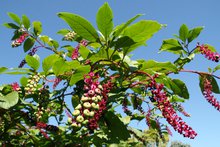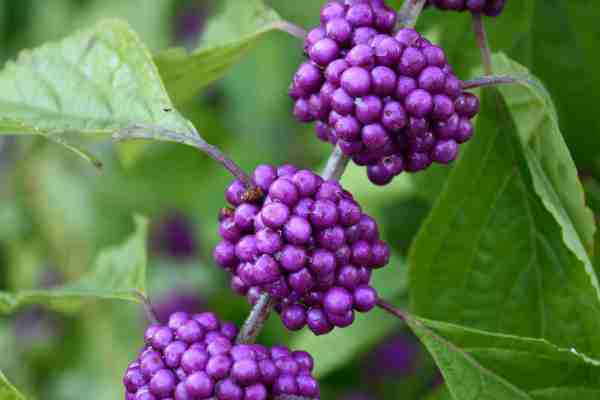How To Catch Fish With Poison

Before you go out and try this on your own, keep in mind that this is illegal and should only be done in a survival situation.
How It Works
There are two groups of chemicals that come into play when using plants to poison fish, Saponin and Rotenone. If you are using a Saponin based poison it is taken up directly into the fish's bloodstream through their gills. The Saponin poison affects the ability of the fish to breathe. The fish basically pass-out until they reach clean water and then return to doing whatever it is fish do. Saponin is normally not fatal unless the fish is exposed to high doses for long periods of time.
The other groups of poisons that are commonly used to poison fish are known as Rotenone. Rotenone also stuns the fish by impairing the fish's ability to uptake oxygen from the water. The Rotenone does this via an alkaloid toxin which enters the fish, also through the gills. Rotenone is more deadly to fish and it is Rotenone that is commonly used by the Fish and Wildlife Agencies to kill off sections of stream or entire ponds to rid them of unwanted usually non-native fish species.

Things To Keep In Mind
1. Do not do this in ponds that you want to use as a perpetual food source. You will likely kill off all or much of the fish in the pond and then it could take years for the fish population to become established again.
2. Large bodies of water are not practical targets because the sheer size of the water body will dilute the poison too much for it to be effective.
3. Fast flowing streams are also not good candidates because the constant influx of fresh clean water will quickly dilute the poison before it can be effective.
4. Slow flowing streams that have distinct pools are the best targets. The flow of water can be blocked by making a temporary dam to block the flow or simply decrease the flow enough to allow for minimal dilution.
So which plants have these poisons and can be used for this purpose?
- American Beautyberry (Callicarpa americana). Poison is found in the leaves.
- American Pokeweed (Phytolacca americana). Poison is found in the berries and leaves.
- Black Walnut (Juglans nigra) tree. Poison is contained in the bark and green nut husk.
- California Buckeye (Aesculus California). Poison is found in the nut.
- Devil's Shoestring (Symphoricarpos orbiculatus). The poison is found only in the roots.
- Horse Chestnut (Aesculus hippocastanum). Poison is contained in the fruit and twigs.
- Indian hemp (Apocynum cannabinum). Poison is found in the stalks and leaves.
- Indian Turnip (Arisaema triphyllum). Poison is found in the leaves.
- Soap plant (Chlorogalum pomeridianum). Poison is found in the bulb.
- Turkey-Mullein (Eremocarpus setigerus). Poison is found in the leaves.
- Wild cucumber (Marah fabaceus) Poison is found in the seeds.


